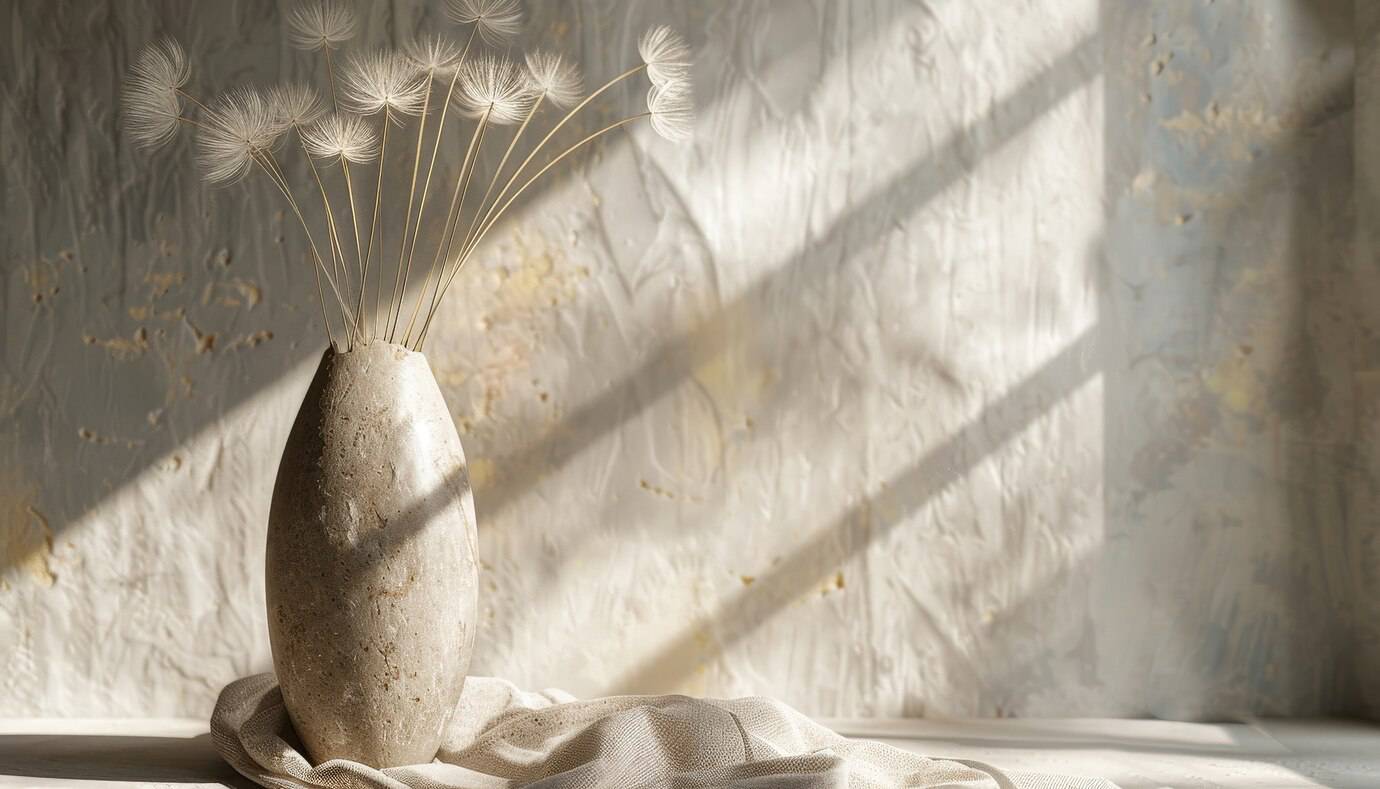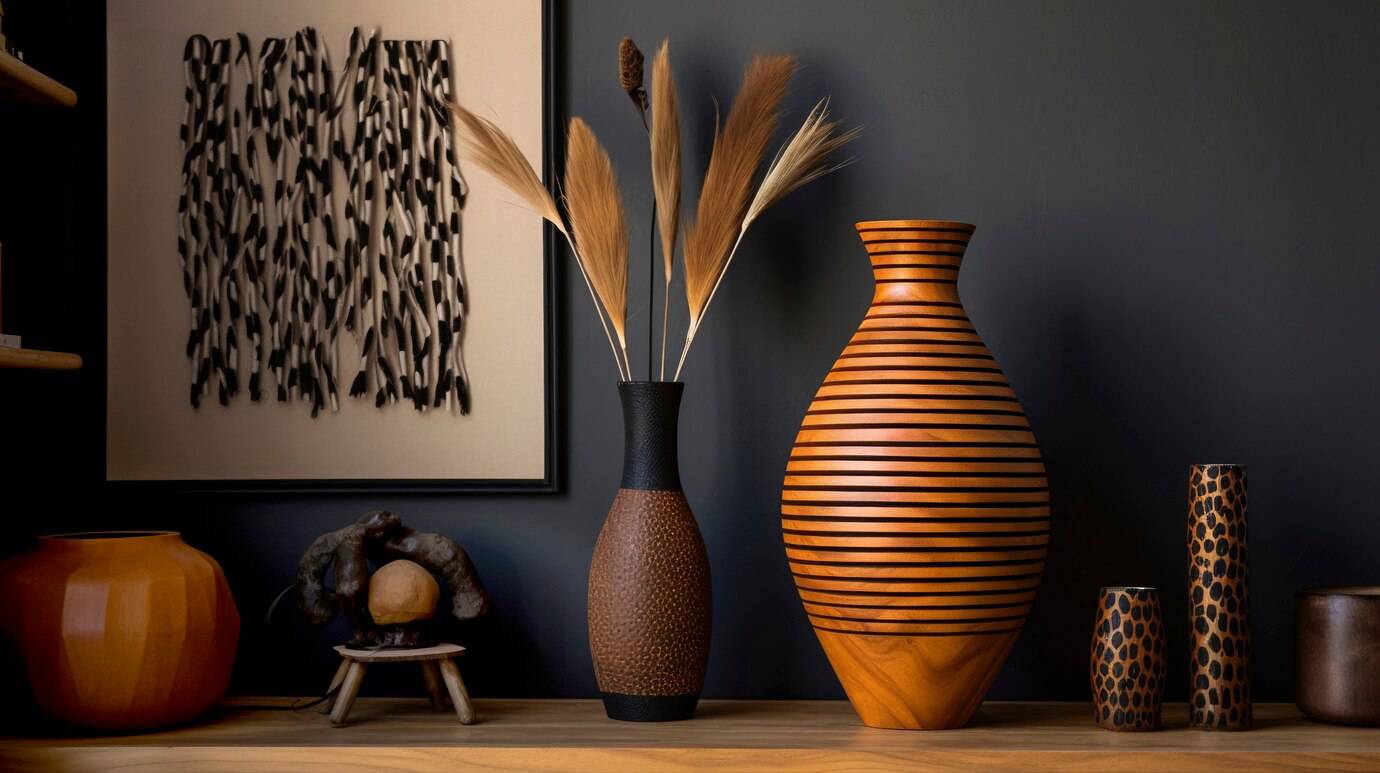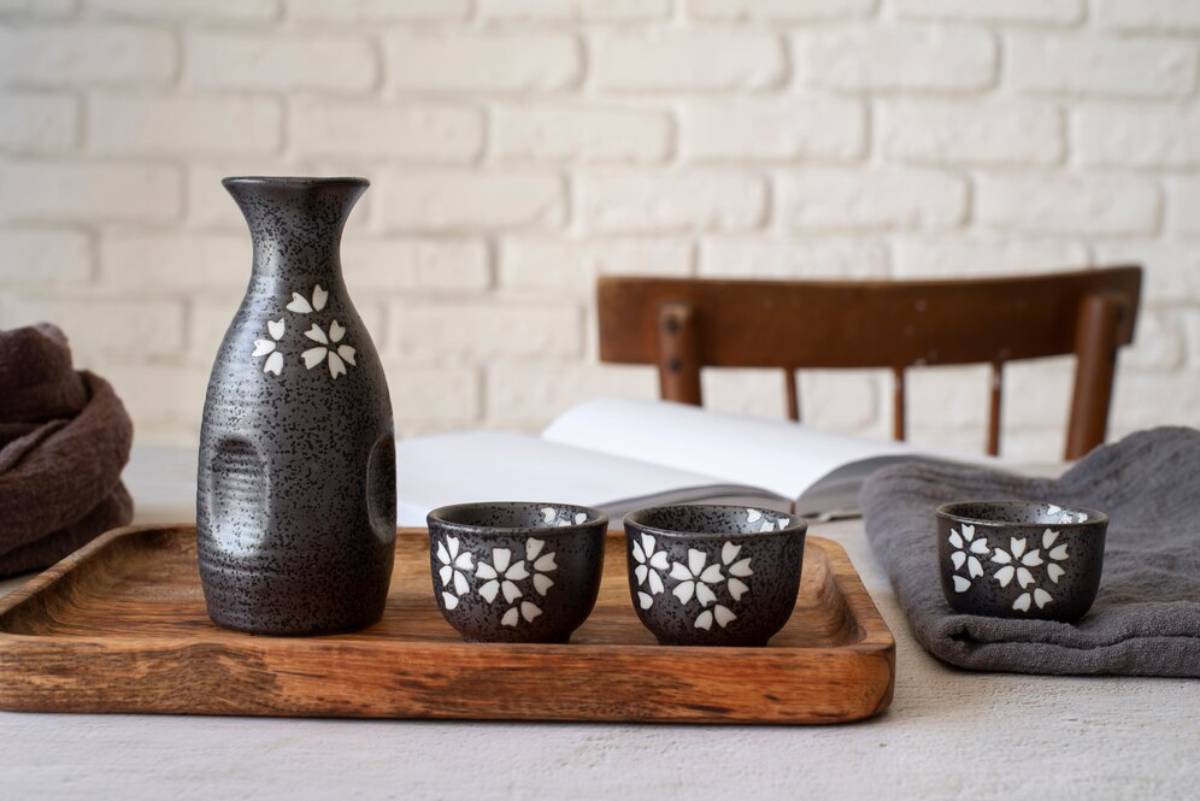
Wood and Ceramics: Decorative Essentials
Have you ever walked into a Scandinavian-style home and instantly felt at peace? There’s something uniquely calming about the balance of natural materials, the muted tones, and the gentle interplay of form and function. But what really brings these spaces to life — quietly, yet profoundly — are the accessories. And none are more iconic than wood and ceramic decor.
In Scandinavian interiors, accessories aren’t afterthoughts. They’re essential. More than mere objects, they carry warmth, history, and texture into an otherwise minimalist space. Scandinavian accessories — especially those crafted from wood and ceramic — exemplify what Nordic design is all about: intentionality, craftsmanship, and understated beauty.
In this post, we’ll explore how Nordic textures like wood and ceramics can elevate your space, how to style them with grace, and why these tactile pieces are more than just beautiful — they’re deeply rooted in a culture of simplicity, sustainability, and soul.
Why Wood and Ceramics Matter in Scandinavian Design

A History of Craftsmanship
In Scandinavian countries, working with natural materials isn’t a trend — it’s tradition. Cold winters and long nights meant homes had to feel warm and welcoming. Over generations, Nordic craftspeople became masters at turning local resources like pine, birch, stoneware, and clay into items that were not just useful, but also beautiful.
- Woodworking has been a cornerstone of Nordic life, from rustic wooden bowls to hand-carved spoons and chairs.
- Ceramics played a similar role — from robust everyday stoneware to delicately glazed vases used during light-filled summers.
This heritage lives on today in the decorative objects that define modern Scandi interiors — minimal yet tactile, raw yet refined.
The Emotional Impact of Natural Materials
Modern psychology backs what the Scandinavians have long known: natural textures have a soothing effect on the mind. Wood adds warmth. Ceramics ground the space. Together, they introduce layers of touchable calm into rooms often stripped back in colour and pattern.
In fact, a study published in Frontiers in Psychology found that environments enriched with natural materials promote feelings of relaxation and well-being — key tenets of Scandinavian living.
The Key Characteristics of Scandinavian Accessories
To style your home like a true Nordic nest, it helps to understand what sets Scandinavian accessories apart. It’s not just what they’re made of — it’s how they’re made and where they’re placed.
Simplicity Over Statement
- Designs are usually minimal, with clean lines and organic shapes.
- Colours are muted: whites, soft greys, pale woods, earthy clays.
- Every piece has a clear purpose — even if it’s just to bring joy.
Natural Imperfections
- Grain patterns in wood or subtle glaze variations in ceramics are embraced.
- These imperfections tell a story — no two pieces are exactly the same.
Function Meets Form
- Items are often multi-purpose — a wooden stool becomes a bedside table, a ceramic mug doubles as a pen holder.
- Durability matters. These aren’t fast-fashion accessories — they’re meant to last.
Style Wood and Ceramic Decor in Your Home
So, how do you actually incorporate wood ceramic decor into your space without it feeling too rustic or too precious? Let’s break it down room by room.
Living Room: Anchoring Comfort with Texture
- Wooden bowls or trays on a coffee table keep things tidy and warm.
- A ceramic vase in matte white or soft grey filled with dried eucalyptus adds subtle life.
- Pair wooden photo frames with unglazed ceramic candleholders for a textural balance.
Styling Tip: Mix different tones of wood — light pine with deeper oak — but keep the finish matte for cohesion.
Kitchen and Dining: Everyday Beauty
- Hand-thrown ceramic mugs or plates double as decor on open shelves.
- Use a wooden cutting board as a base for centrepieces or fruit.
- Combine wood and ceramics in one display — like a wooden tray with a ceramic jug and salt pot.
Styling Tip: Choose ceramics in warm whites or muted blues for a fresh, Scandinavian kitchen vibe.
Bedroom: Calm and Collected
- A small wooden stool or bench acts as both décor and function at the foot of the bed.
- Use a ceramic bowl as a jewellery catch-all on your bedside table.
- Add wooden pegs or hooks to walls for hanging robes, bags, or necklaces.
Styling Tip: Choose light, raw wood for a softer bedroom feel — pine, ash, or birch are perfect.
Bathroom: Earthy Serenity
- Store soaps or bath salts in textured ceramic pots.
- Introduce a teak or bamboo bath mat to contrast sleek tiles.
- Use wooden trays to group toiletries and bring order to chaos.
Styling Tip: Keep colours consistent — soft stone greys and pale woods work wonders in small, white bathrooms.
Real-Life Story: Maria’s Nordic Kitchen Transformation
Maria, a freelance writer living in Bristol, was tired of her cluttered, modern kitchen. She craved calm. Inspired by a trip to Copenhagen, she decided to bring in Nordic textures — starting small.
- She swapped her bold ceramic set for neutral stoneware mugs and plates.
- Replaced plastic containers with wooden bowls and trays.
- Displayed her everyday items on open shelves, styled simply with care.
Within days, her kitchen felt different. Quieter. Warmer. She describes it now as her “morning retreat” — a place where the coffee tastes better simply because of the cup she holds.
Combining Wood and Ceramic Without Overcrowding
Minimalism isn’t about having fewer things — it’s about having the right things. When styling with wood and ceramics:
Keep It Balanced
- If your surfaces are wood, lean on ceramics to balance.
- If you have tiled or stone floors, wooden accessories soften the room.
Group with Intention
- Use the rule of threes: group items in odd numbers for a natural look.
- Mix heights and shapes — a tall vase, a short bowl, and a mid-height candleholder.
Let Objects Breathe
- Leave negative space around items.
- Display fewer, better things. This is the core of lagom — just enough.
Where to Find Authentic Scandinavian Accessories
Looking for pieces that feel genuinely Nordic, not just inspired by it? Here are some brands and shops that bring authentic craftsmanship to your home:
Scandinavian Brands to Explore
- Ferm Living (Denmark): Clean, sculptural ceramic and wood pieces
- Muuto (Denmark): Modern, tactile homeware rooted in Scandinavian tradition
- Skagerak (Denmark): Elegant wooden furniture and small accessories
- Broste Copenhagen (Denmark): Ceramics in soft colours and organic shapes
UK-Based and Artisan Options
- Toast (UK): A curated collection of ceramics and wood crafted by local artisans
- Earl of East: For handmade candles, trays, and decor with a Nordic sensibility
- Etsy: Great for one-of-a-kind handmade items — search for “Scandi ceramic” or “Nordic wood decor”
Caring for Wood and Ceramic Decor
You’ve curated your accessories — now how do you keep them looking their best?
Wood Care Tips
- Dust regularly with a dry microfibre cloth
- Treat with natural oil or wax to keep the grain nourished
- Avoid placing wood in direct sunlight or damp areas for long periods
Ceramic Care Tips
- Hand-wash delicate or handmade pieces to prevent glaze damage
- Avoid sudden temperature changes to prevent cracking
- Use soft pads underneath heavier ceramic items to protect surfaces
Let Texture Tell the Story

In a world full of noise — both digital and physical — your home should be a place that whispers. That comforts. That tells a quiet story of care and intention. Wood and ceramics are more than materials. They’re storytellers. Keepers of warmth, ritual, and grace.
With their soft forms, tactile finishes, and heritage of craftsmanship, they invite us to slow down. To notice. To connect with what’s around us — and within us.
So, the next time you’re styling your space, don’t overlook the power of a simple wooden bowl or a hand-thrown ceramic vase. These aren’t just decorations. They’re decorative essentials, rooted in tradition and rich with meaning.
Feeling inspired? Start with one piece — maybe a handcrafted mug or a wooden tray — and let the textures lead you. Then share your story in the comments below. What’s your favourite Scandi accessory? How do you use texture to bring warmth into your space?


